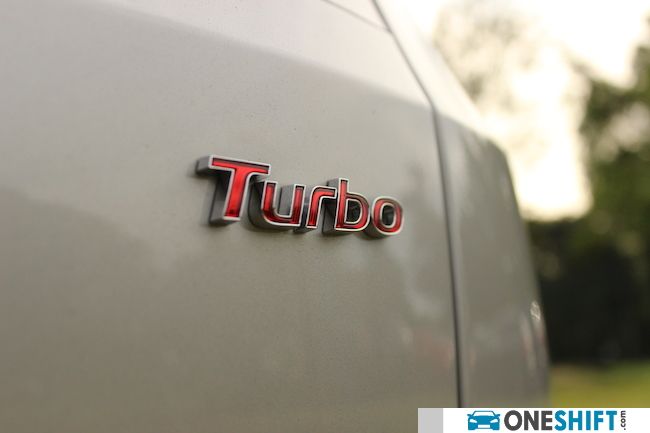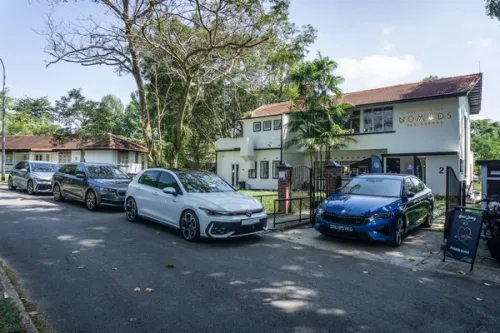Turbo Mantra
There is the ongoing trend of dropping light pressured turbo charges into cars with smaller engines, for benefits of fuel savings and near immediate engine response. The Hyundai Tucson, originally in a naturally aspirated 2.0 guise was not spared the treatment.


In getting behind the wheel of a Korean car, I can never stop thinking of how their cars tend to always and surely ride like you are on a plate of tofu. This time though, I was wrong.

The ride on the car is quite a bit firmer than I anticipated, with the suspension giving good feedback to the chassis. Steering feel is not the best, but it is good enough where you’d know what the car is going over. While on the artificial side, we found that it was well weighted, and turn-in was consistent.

Acceleration from the newly developed 1.6 turbo is slightly aggressive, with the seven-speed dual clutch transmission swopping cogs quickly. Even so, the Tucson likes to rev past 3,500rpm. While maximum power of 175bhp comes in at 5,500rpm, maximum torque of 265Nm comes in at a very low 1,500rpm and holds it till 4,500rpm.
Sports mode brings out the crazy in the car, where under hard acceleration; you can actually feel the engine spinning a little free for a split-second before the transmission successfully switches cogs.

No trick electromagnetic suspension here guys… sorry. But the firm suspension keeps the car properly in its lane during cornering around a bumpy road where the geometry would change constantly. Being taller, you will find that the Tucson will need a little bit of time to settle itself after going around the bends, but it does this rather well.
My gripe as with most Korean cars, are the brakes. There always is a need to brake earlier and to work them harder than their Japanese counterparts, in order for you to have the car stop well. Even with the four-wheel discs, there isn’t sufficient brake boosting.

While the 2.0 came across as tried and out of breath, the 1.6 turbo addresses this lack of low end torqu and reworked the suspension, and the car has become sheer fun to drive.
Within a segment where there are many choices, we certainly loved how the car performed. And together with the amount of cargo room offered, this is worth such serious consideration if you are looking for a compact SUV.
Credits:








Get the Best Price for your used car
from 500+ dealers in 24 hours

- Convenient and Hassle-Free
- Consumer Protection
Transparent Process
With No Obligation







